
You must know how comparative fault works when you're involved in an accident in Topeka where multiple parties may be at fault. This legal concept can highly affect the compensation you could recover in a personal injury claim.
At Fincher Injury & Accident Lawyers, we specialize in navigating these complex scenarios. We aim to ensure that our clients know how comparative fault could influence their case.
Comparative fault, also known as comparative negligence, is used to determine the liability of each party in the incident based on their proportion of fault.
This approach allows for a more balanced and fair resolution in most personal injury claims, ensuring that compensation is distributed according to each party's responsibility for the incident.
Knowing how this legal principle applies can help you manage your expectations and strategize appropriately if you are injured in such a situation.
Learn more about comparative fault versus contributory negligence in Kansas personal injury cases. Then, contact our personal injury lawyer for a free consultation.
Comparative fault is a legal principle that doles out responsibility among different parties involved in an incident based on their contribution. This concept applies in cases where multiple parties have acted negligently, leading to someone's injury.
Unlike traditional fault systems, where only one party can be found liable, comparative fault recognizes that often, several parties may share the blame.
The purpose of comparative fault is to ensure fairness in the legal process by allocating the loss according to the level of fault of each involved party. This approach prevents any single party from bearing the full cost of damages if they were not entirely responsible for the incident.
It also allows injured parties to recover compensation even if they are partly at fault, which is important in providing some relief for their losses and injuries.
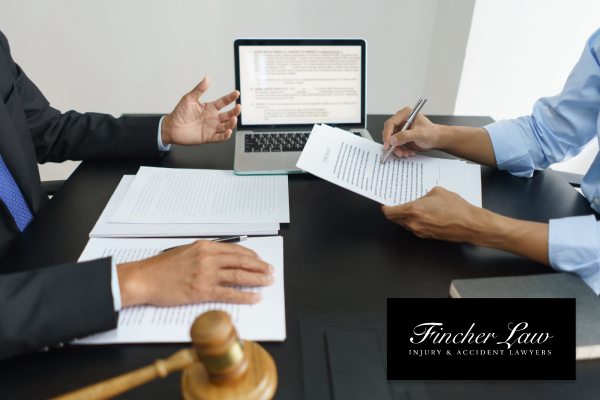
Various states might adopt several systems of comparative fault, each with its own rules for calculating damages based on the parties' fault.
Under the pure comparative fault system, an injured party can recover damages regardless of their percentage of fault, although their recovery will be reduced by their degree of fault.
For example, if you are 30% at fault in an accident, you can still recover 70% of the damages from the other at-fault parties.
The modified comparative fault system sets a threshold for fault. You cannot recover damages if you are more at fault than the threshold allows.
Some states use the 50% rule under modified comparative fault and bar recovery if you are 50% or more at fault. You must be less at fault than any other party to receive compensation.
Other states use the 51% rule, where you cannot recover if you are 51% or more at fault. If your fault is 50% or less, you can receive damages reduced by your percentage of fault.
The comparative negligence rule applies in Kansas, meaning your blame percentage cuts your compensation.
If you are found to be 20% responsible for an accident, your damage recovery will be reduced by 20%. This law ensures that each party pays for the damage proportional to their responsibility.
The Kansas comparative fault system does not bar recovery unless you are more at fault than the combined blame of all other entities involved.
You can be up to 49% at fault and recover some of your damages. This system aims to be fair, allowing parties who are less at fault still to receive some compensation for their injuries and losses.
Plaintiffs must understand comparative fault to set realistic expectations about potential compensation. It helps strategize the legal approach to maximize recovery.
It also provides defendants with a defense strategy that could reduce their financial liability by proving the plaintiff's share of fault.
Both parties must consider how comparative fault will influence settlement discussions and trial strategies. Being informed and prepared can determine the outcome of a personal injury case.
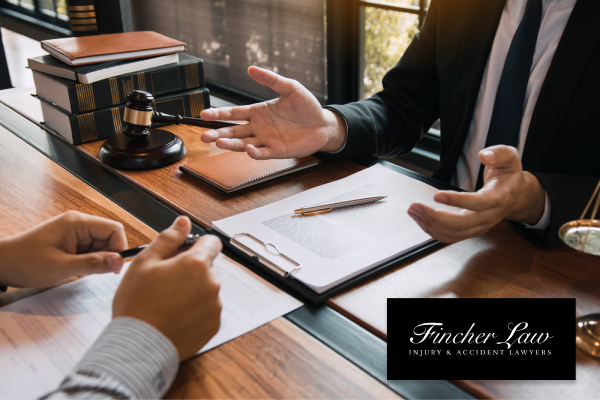
Determining fault involves analyzing the evidence to see how each party's actions contributed to the incident. This process can be complex, involving witness statements, physical evidence from the crash site, and expert testimonies. Legal expertise is a must in accurately establishing fault percentages.
Collecting as much evidence as possible immediately after the accident is important. This evidence will form the basis of your argument, whether you seek to prove your case or defend against your liability claims.
The effect of comparative fault on compensation is direct: your recovery amount is reduced by your percentage of fault. This reduction reflects your responsibility for the accident. Even a small percentage of attributed fault can mean huge settlements in high-stakes cases.
For instance, in a case with $100,000 in damages where you are found to be 10% at fault, your recovery would be reduced by $10,000. Awareness of how these percentages are calculated and presented can significantly affect your final compensation.
Reducing your fault percentage is key to maximizing compensation in a comparative fault state like Kansas. Here are strategies our personal injury lawyers employ:
We can challenge the evidence presented by the opposing side that suggests your fault. This may involve questioning the accuracy or authenticity of the evidence or providing an alternative interpretation of the facts.
We present evidence that supports your version of events or demonstrates the other party's greater responsibility for the incident. This could include anything from surveillance footage to expert witness testimony.
Effective negotiation is indispensable. We use the established facts and evidence to argue for a lower fault percentage and higher compensation. This often involves detailed legal and factual arguments to convince the insurance companies and opposing counsel of your position.
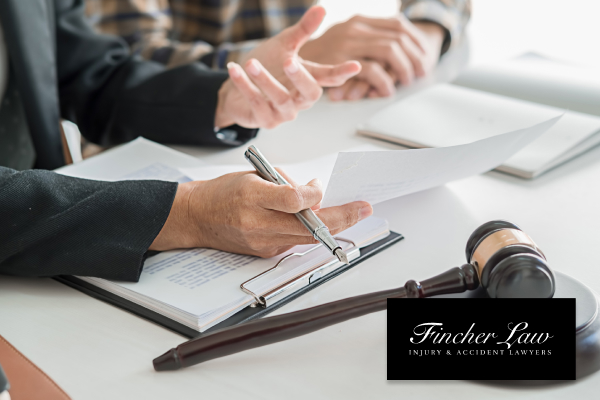
Navigating comparative fault cases involves several challenges that can complicate securing fair compensation.
Disagreements about how much fault each party holds are common. These disputes often require detailed evidence and sometimes hinge on technical details of the law and the specifics of the car accident.
Insurance companies may attempt to reduce their liability by arguing that the injured party is more at fault than they claim. They use various tactics, including extensive scrutiny of the evidence and aggressive negotiation strategies.
Biases against certain types of claimants or misunderstandings about the accident scenario can affect fault determination. Overcoming these requires a clear, compelling presentation of the facts and expert testimony.
At Fincher Injury & Accident Lawyers, our commitment is to protect your rights and maximize your compensation. We understand the complexities of comparative fault and are adept at navigating its challenges. We strive to ensure that the fault is fairly assessed and that you receive the compensation you deserve for your injuries and losses.
Our approach is comprehensive, from gathering robust evidence to engaging with expert witnesses, negotiating with insurance companies, and representing you in court if necessary. You can trust that we will advocate vigorously on your behalf throughout every stage of your case.
We will fight to prove negligence and establish legal liability on the defendant's part, allowing us to pursue as much compensation as possible for our clients.
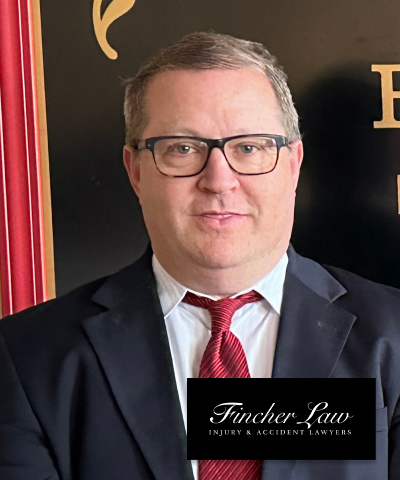
If you've been involved in a motorcycle accident in Topeka, don't navigate the complicated waters of comparative fault alone. Count on Fincher Injury & Accident Lawyers. We have experience with all types of Kansas personal injury claims.
If you have been hurt in a car accident or fall incident, see a doctor first. Then, contact us for a free consultation to discuss your Kansas personal injury case.
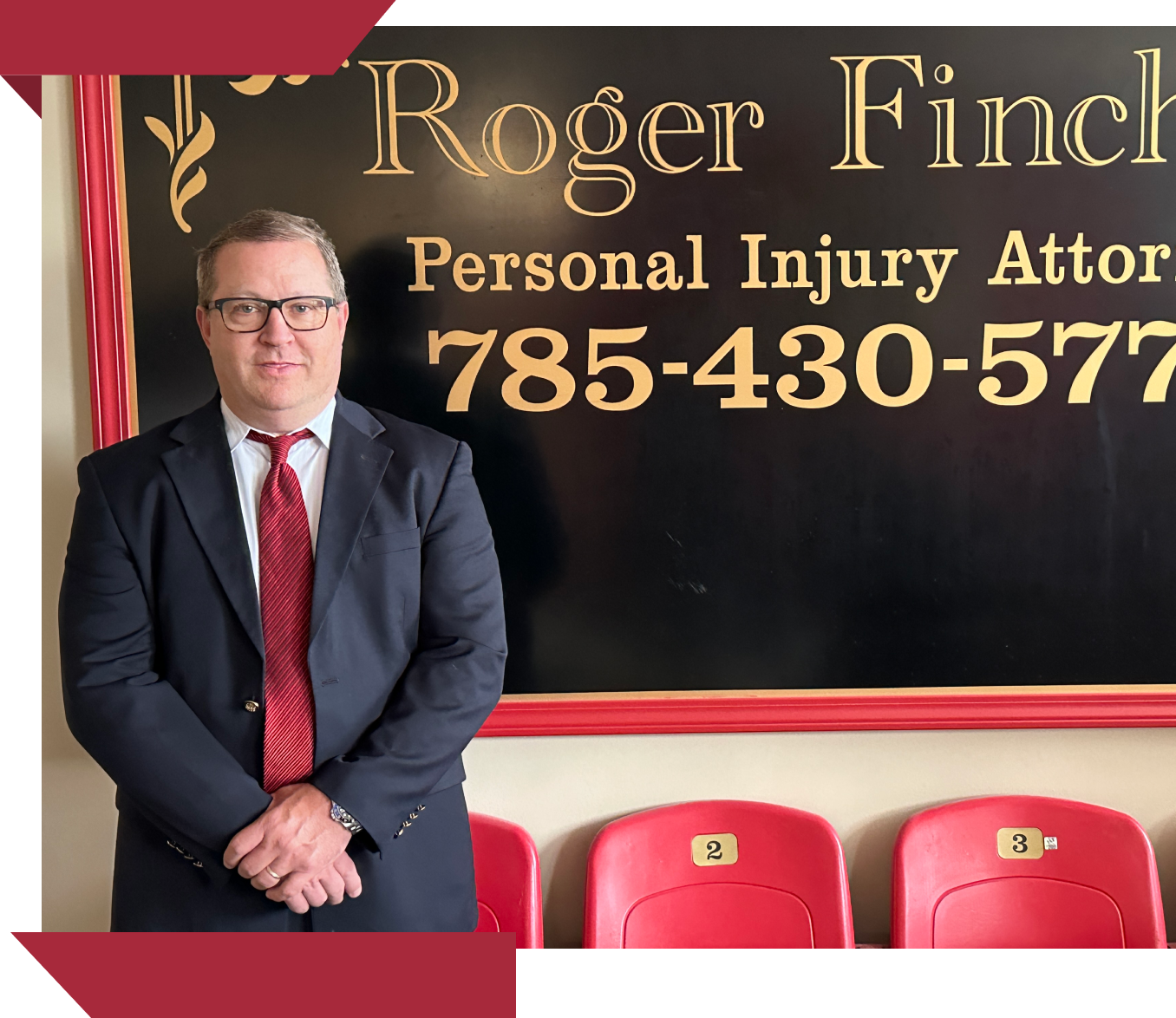
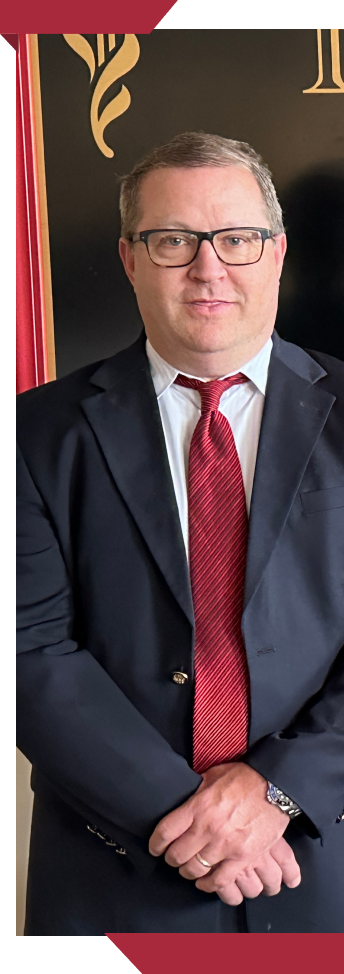

How Can We Help You?
How Can We
Help You?
Schedule a Free Consultation Now By Contacting
Our Team at (785) 430-5770 or by completing the form below
Schedule a Free Consultation Now
By Contacting Our Team
at (785) 430-5770
"*" indicates required fields